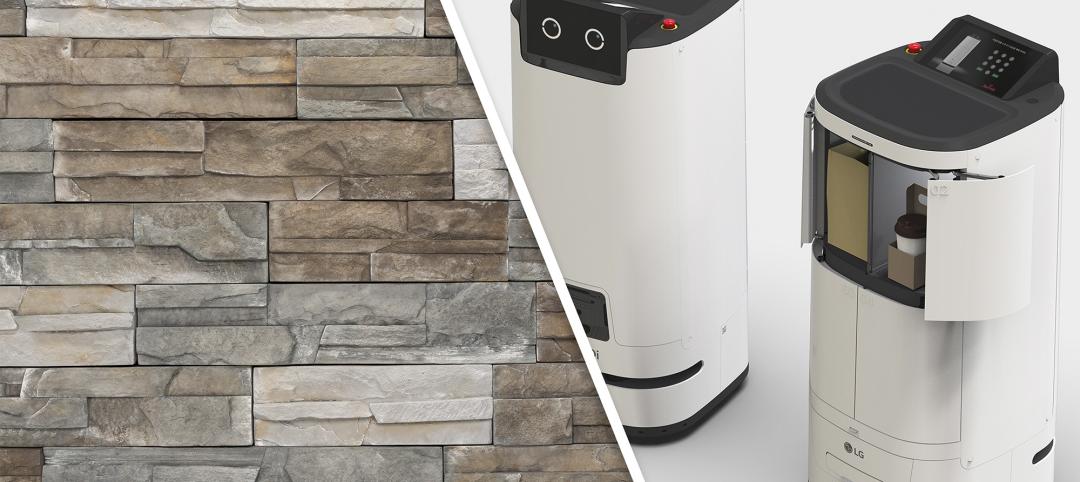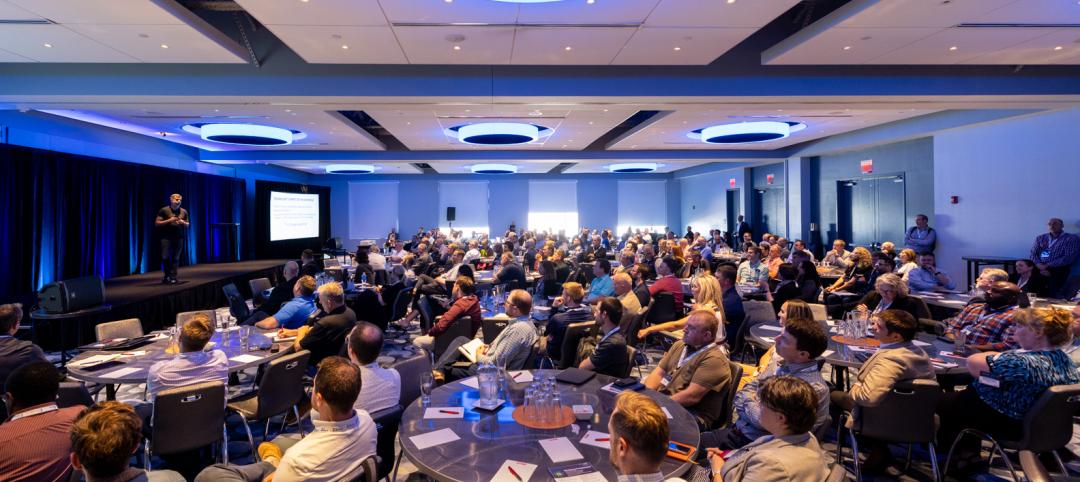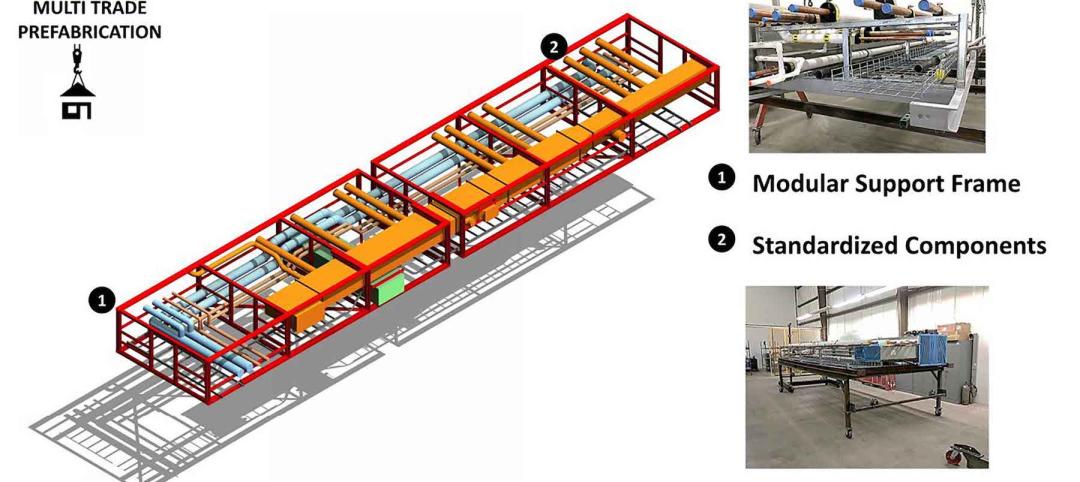In 2013, Chieh Huang and others launched Boxed, an online wholesale retailer that quickly grew to over $100 million in annual sales—largely through automation. Last year, for example, it roboticized its entire fulfillment center in New Jersey. As the new system was being installed, one line worker asked Huang, “Are you still going to need me when that thing goes live?” The company managed to redeploy everyone and not lose a single staffer. “Automation is great for profits,” Huang told Fortune, “but it’s a real potential trouble area for society.”
The numbers back this up. Forbes estimates that automation can improve productivity by 25-38% and save larger companies millions every year. At the same time, according a recent report from the McKinsey Global Institute, a third of the U.S. workforce and 800 million jobs worldwide could be replaced by 2030. Half of all work-related activities today are potentially automatable. At first blush, these stats suggest that automation is good for companies, but bad for jobs. Yet, the McKinsey report quotes a 1960s Federal commission: “Technology destroys jobs, but not work.” Yes, some Boxed employees lost their previous jobs, but no one was out of work. Greater productivity and efficiency can create new opportunities while eliminating others, and these changes signal seismic shifts in every industry.
This column is the first in a monthly series in BD+C that will address how automation and artificial intelligence (AI) will alter the nature of design and construction industry. Over the past couple of decades, computerized processes have significantly aided architects and builders by improving workflow, but to date those processes have not become automated on a large scale. Experiments in automated design and robotic construction remain just that—experiments. But that’s about to change.
A 2013 Oxford University study estimated that onsite construction jobs are 88% likely to be replaced by robots within a decade or two. That’s nearly nine out of every 10 bricklayers, carpenters, and anyone who picks up a hammer or shovel. “There will come a day when no human labor is present on any construction site,” robotics expert A. Scott Howe told me a decade ago.
What about architects and engineers? The Oxford study calculates the probability of eliminating engineers as only 10-13%, while the loss of architects is less than 2% likely. Yet, technology guru Kevin Kelly isn’t so sure. “Robot replacement is just a matter of time,” he wrote in Wired in 2012. “It doesn’t matter if you are a doctor, lawyer, architect, reporter, or even programmer.”
We asked BD+C readers to weigh in, and our recent survey presents a fascinating snapshot of the industry’s excitement and anxiety about technology. The vast majority of respondents have a positive view, with 83% agreeing automation and AI can help create better buildings. Designers and builders vary only slightly, with 81% of designers and 89% of builders agreeing. When asked whether automation threatens job security, only 24% say “yes.” A quarter of contractors see any risk, even though the evidence suggests otherwise.
Over three-quarters (78%) of everyone polled say AI will never match human intelligence, but the variation between designers and contractors is nearly 20 points—81% of designers and 63% of contractors. Meanwhile, AI experts such as Google’s Ray Kurzweil insist that computers will meet or exceed human intelligence by the middle of this century.

The question about which readers seem most ambivalent is whether automation’s ability to create better structures justifies job loss in the industry. A slight majority (54%) answered affirmatively: 52% of designers and 58% of contractors. So designers are almost perfectly divided on this question: they are convinced AI can improve architecture, but they aren’t threatened by this fact, and they are torn about whether the improvements justify fewer jobs.
In the coming months, we will unpack all of this. How will automation advance the built environment, and how will it affect traditional practices and professions? And what are the aims of our industry: to create more opportunity for ourselves or to enhance communities?
Let us know your questions and views. We’re all ears. Contact me at https://lancehosey.com/contact/.
Lance Hosey, FAIA, LEED Fellow, is a Design Director with Gensler. His book, The Shape of Green: Aesthetics, Ecology, and Design, has been an Amazon #1 bestseller in the Sustainability & Green Design category.


Related Stories
Airports | Aug 22, 2024
Portland opens $2 billion mass timber expansion and renovation to its international airport
This month, the Portland International Airport (PDX) main terminal expansion opened to passengers. Designed by ZGF for the Port of Portland, the 1 million-sf project doubles the capacity of PDX and enables the airport to welcome 35 million passengers per year by 2045.
AEC Tech | Aug 19, 2024
Harnessing AI to revolutionize architectural design and creativity
Architects are wondering if AI will replace us. For Vessel, the gains offset the fear. We believe there is wisdom in the unattributed quote, “You won’t lose your job to AI. You will lose your job to someone using AI.”
Energy Efficiency | Aug 9, 2024
Artificial intelligence could help reduce energy consumption by as much as 40% by 2050
Artificial intelligence could help U.S. buildings to significantly reduce energy consumption and carbon emissions, according to a paper by researchers at the Lawrence Berkeley National Laboratory.
Products and Materials | Jul 31, 2024
Top building products for July 2024
BD+C Editors break down July's top 15 building products, from Façades by Design to Schweiss Doors's Strap Latch bifold door.
Smart Buildings | Jul 25, 2024
A Swiss startup devises an intelligent photovoltaic façade that tracks and moves with the sun
Zurich Soft Robotics says Solskin can reduce building energy consumption by up to 80% while producing up to 40% more electricity than comparable façade systems.
Great Solutions | Jul 23, 2024
41 Great Solutions for architects, engineers, and contractors
AI ChatBots, ambient computing, floating MRIs, low-carbon cement, sunshine on demand, next-generation top-down construction. These and 35 other innovations make up our 2024 Great Solutions Report, which highlights fresh ideas and innovations from leading architecture, engineering, and construction firms.
AEC Tech Innovation | Jul 4, 2024
Caution competes with inevitability at conference exploring artificial intelligence for design and construction
Hosted by PSMJ, AEC Innovate in Boston found an AEC industry anxiously at the threshold of change.
Contractors | Jun 4, 2024
Contractors expect to spend more time on prefabrication, according to FMI study
Get ready for a surge in prefabrication activity by contractors. FMI, the consulting and investment banking firm, recently polled contractors about how much time they were spending, in craft labor hours, on prefabrication for construction projects. More than 250 contractors participated in the survey, and the average response to that question was 18%. More revealing, however, was the participants’ anticipation that craft hours dedicated to prefab would essentially double, to 34%, within the next five years.
AEC Tech | Apr 30, 2024
Lack of organizational readiness is biggest hurdle to artificial intelligence adoption
Managers of companies in the industrial sector, including construction, have bought the hype of artificial intelligence (AI) as a transformative technology, but their organizations are not ready to realize its promise, according to research from IFS, a global cloud enterprise software company. An IFS survey of 1,700 senior decision-makers found that 84% of executives anticipate massive organizational benefits from AI.
BIM and Information Technology | Mar 11, 2024
BIM at LOD400: Why Level of Development 400 matters for design and virtual construction
As construction projects grow more complex, producing a building information model at Level of Development 400 (LOD400) can accelerate schedules, increase savings, and reduce risk, writes Stephen E. Blumenbaum, PE, SE, Walter P Moore's Director of Construction Engineering.

















